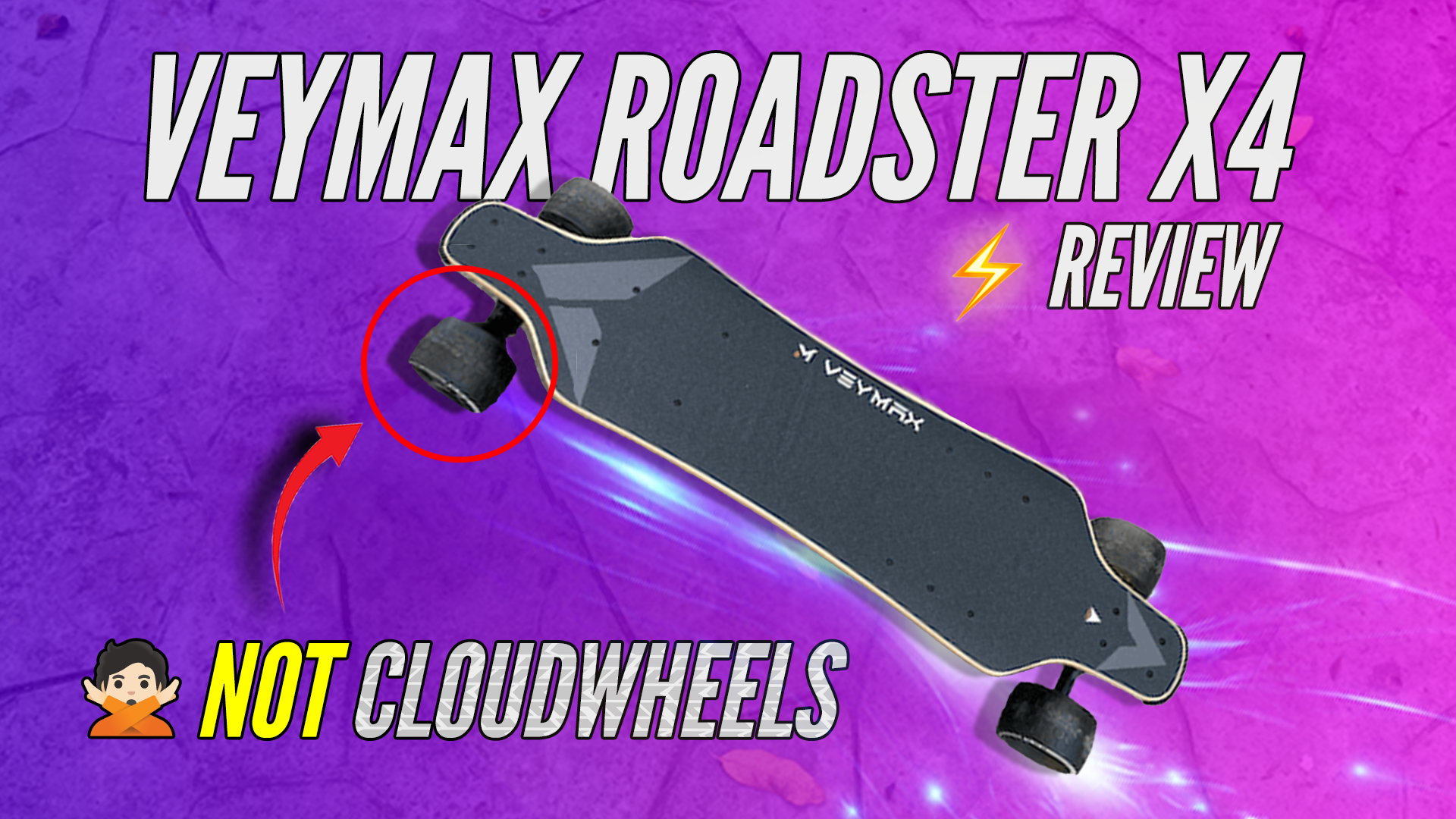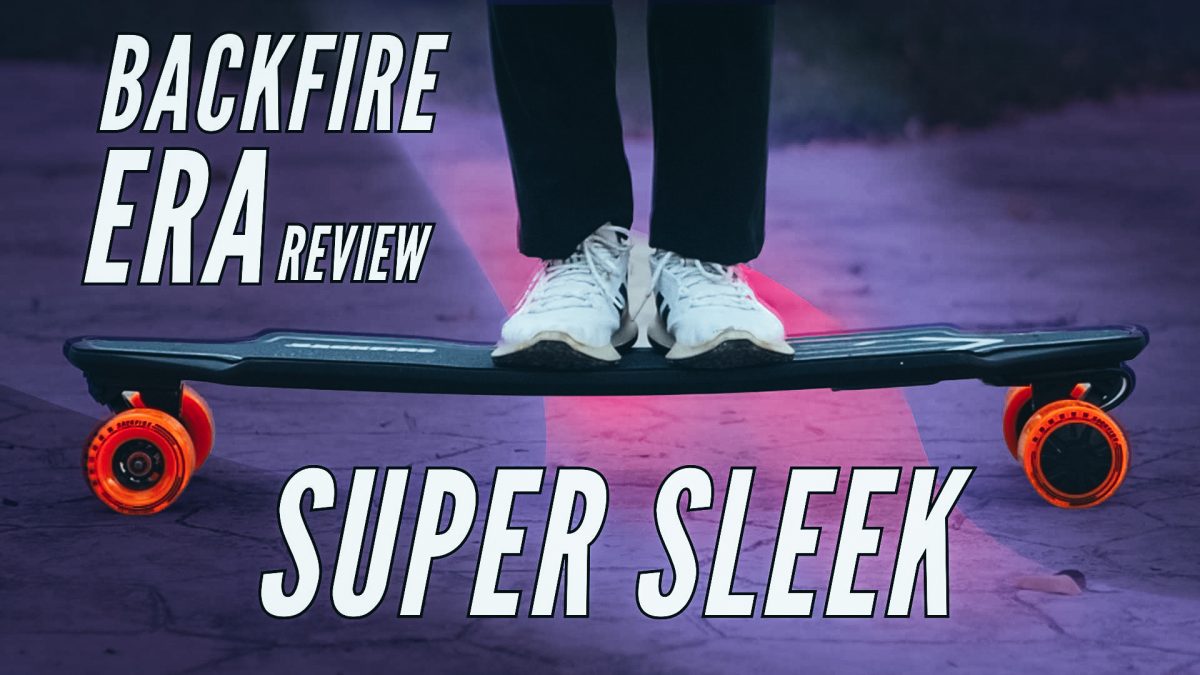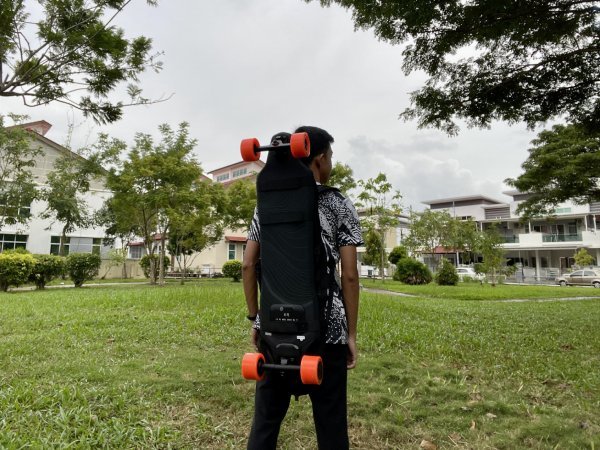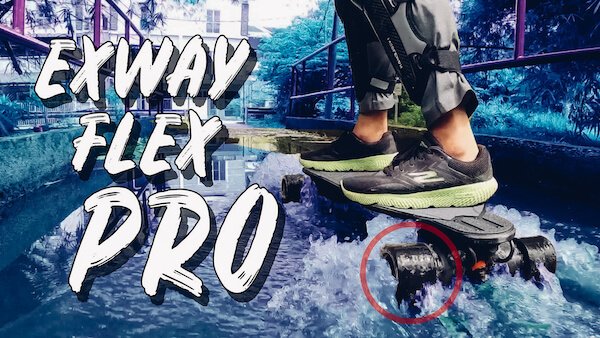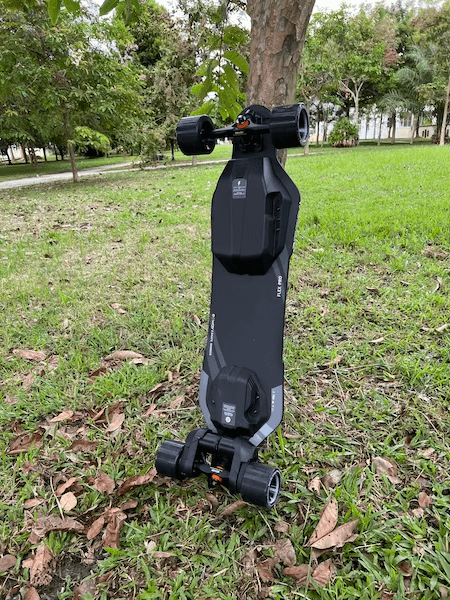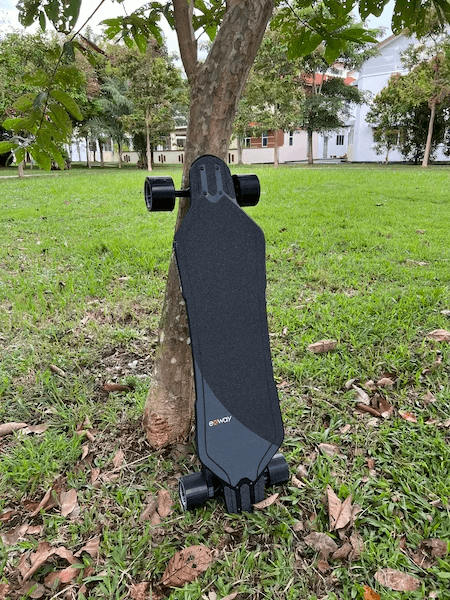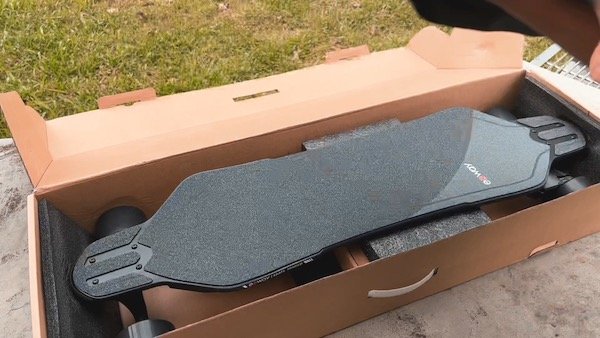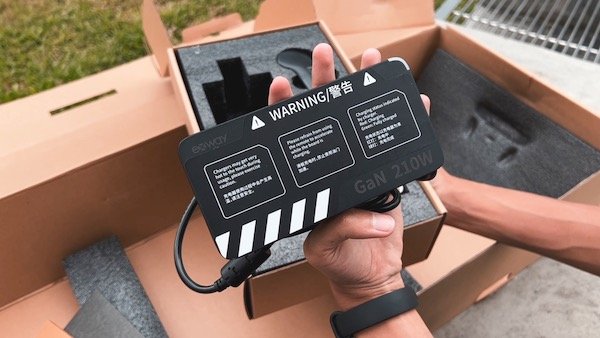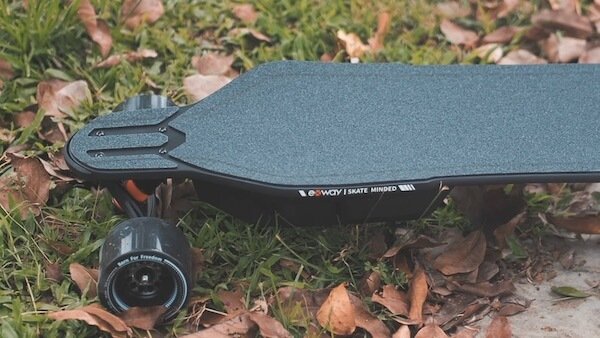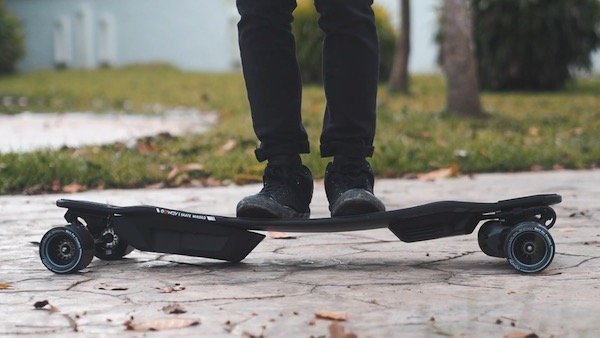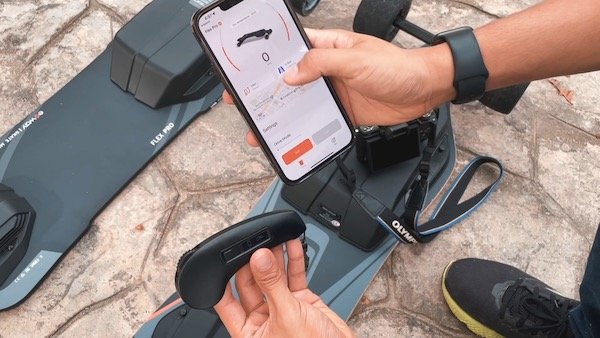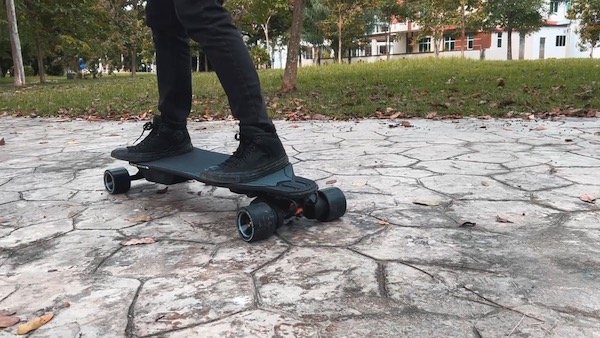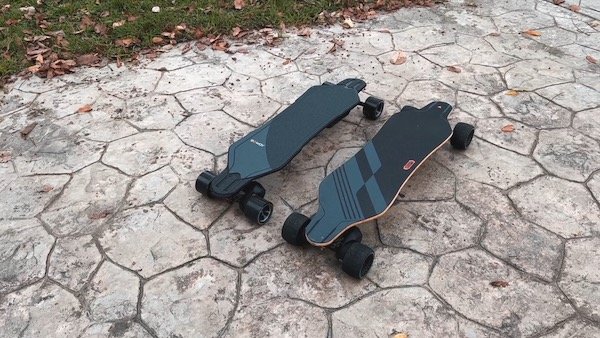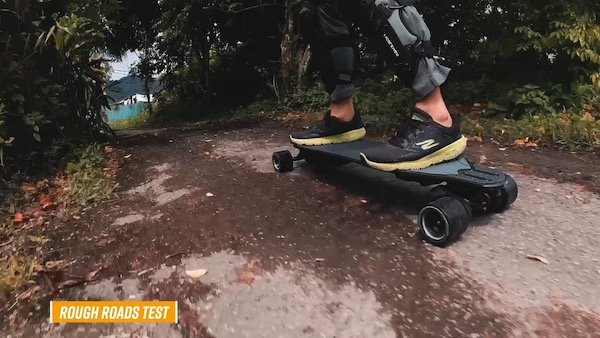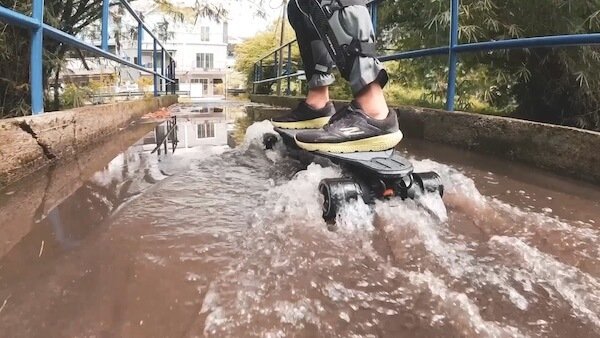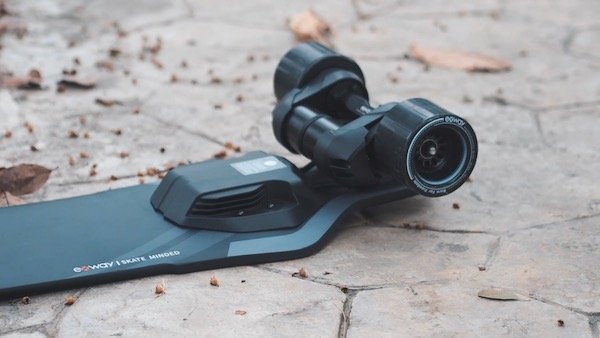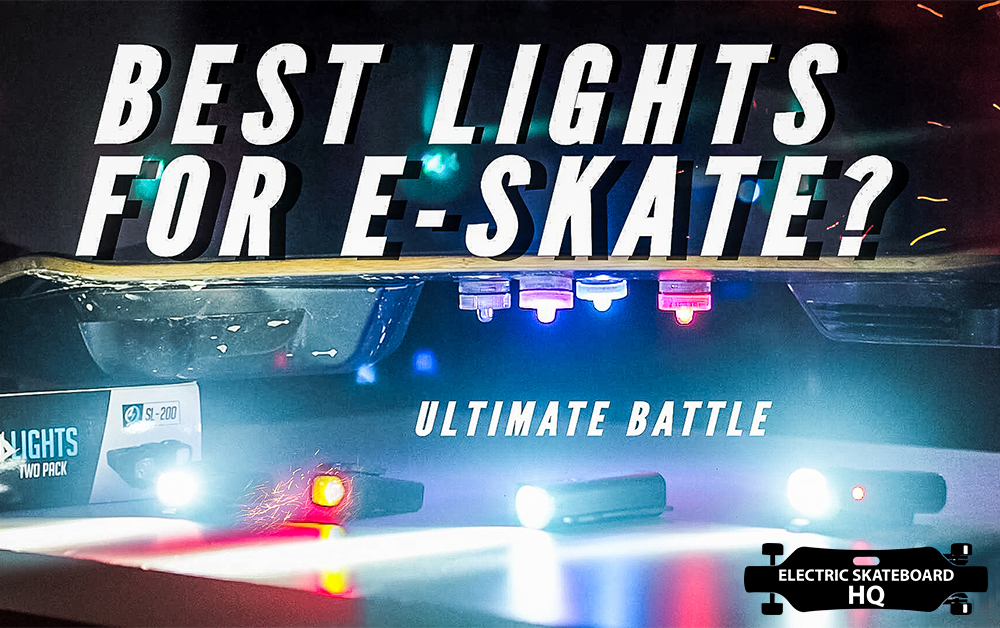We’ve never heard of Veymax prior, but since we are committed to cover every board under $500, we have to give this $439 hub-board with clean design a try. We already have pretty good options in the all-rounded $399 Wowgo 2s Max and thrilling $439 Meepo v3s, so let’s see if the Veymax Roadster X4 has anything new to offer.
Read our review of the Wowgo 2s Max here.
Read our review of the Meepo V3s here.
Veymax Roadster X4 Specs:


| Price | $439 |
| Battery | 12S2P 216Wh 18650 25P10S2P 288Wh 21700 Samsung 40T |
| Controller | LingYi 8.0 ESC |
| Top Speed | 29 Mph (46 Kph) |
| Range | X4 model – 13 miles / 21kmX4S model – 17.4 miles / 28km |
| Deck | Canadian Maple and Fiberglass |
| Motor | 550W*2 Hub drive |
| Net Weight | 20.5lbs (9.3kg) |
Deck – Canadian Maple and Fibreglass:



Starting with the deck, the deck of Roadster is made up of a mix of Canadian maple and fiberglass. It has a very wide deck, making it very comfortable to stand on, and a wider deck means added stability at high speeds, as well as comfort. The deck is a bit stiff with only a mild flex. Veymax also included nose and tail guards, which is also a nice touch,
Battery – 12S2P 216Wh 18650 25P:


Next, for the battery, you get two options: the X4 model comes with a standard 12s2p using 18650 25P cells, which totals 216Wh battery, while the X4S model comes with 10s2p using 21700 Samsung 40T, which totals 288Wh battery.
This is a little bit interesting as the standard model uses a 12s battery, while the upgraded version X4S uses a lesser 10s battery but with a better 21700 Samsung 40T. 21700 cells are obviously better, but the difference in power for both variants might be narrower than first thought. Anyway, we only received the X4 for the review, so we’ve no way of knowing how X4S compares.
The marketed range for the X4 model is 13 miles or 21km, while the X4S model is marketed to reach 18 miles (28km). Our range test on the Roadster X4 resulted in 17 miles or 27.36 km with a 119lbs (54 kg) rider riding fast. This is pretty surprising, and the first time, our range test yielded a range that was significantly higher than the marketed range. A heavier rider would probably get the marketed range and no more than that, but this is still pretty good news, considering most brands drastically overstates the range on their board.
ESC and Remote – LingYi 8.0 ESC:


Moving onto the ESC, Veymax went with a Lingyi 8.0 ESC on the Roadster. The Lingyi ESC has a push-to-turn-on feature, four speed modes, and four brake modes. It is paired with the generic Lingyi remote, which has an OLED display to show the speed, battery, and other info.
Motor – Dual 550W Hub Drive:


Next, powering the Roadster is a pair of 550W hub motors, which is about an average amount of power for any eskate in the under $500 price bracket. Hub motors have the upsides of being maintenance-free, and you can kick-push the board if you run out of battery. The Roadster is marketed at a top speed of 29 mph (46 kph), which is above average in the budget board category, and when we took it to the streets, we managed to hit the marketed top speed.
Trucks and Wheels – Reverse Kingpin trucks and 105mm Jellywheels:


Next, let’s talk about the trucks. They are 7.5-inch reverse kingpin trucks with a 45° base plate angle, and the bushings given are 92A durometer. The Roadster also comes with 105mm Jelly wheels, which looks to have a good tread and contact patch. This should help with vibration absorption and slight off-road use. making them big and chunky, which helps absorb vibrations.
Specs summary of the Roadster X4:


To sum it up, most of the specs are on par with the industry leaders – High top speed, above-average battery size, and good 550W motors. Giving entry-level hub boards 105mm wheels makes sense, as beginners to semi-experienced riders would value safety from sticks and stones and road vibrations more than the sticky smooth ride feel offered by premium PU wheels. Another cool feature of the Roadster is its LED tail lights that come with 6 mode settings for additional customization to your ride.
The Roadster weighs in at about 20.5 lbs (9.3 kg), which is a bit on the heavier side for a budget tier board, but it should help with its stability, which is always a plus.
Riding Experience on the Roadster X4:


Starting off with its speed control, the version of LingYi ESC that Veymax uses is probably one of the most current. It is perfectly smooth in both acceleration and braking, making it an intuitive board to ride, even for beginners.
And once you are accustomed to the board, you can turn up to the “Pro” mode, where the gloves come off. The highest “Pro” mode of the Ling Yi ESC gives a thrilling, quick acceleration, more so than your typical $400 electric longboard. It takes off really quickly and gets you to that 29mph top speed very quickly. I like to classify entry-level electric skateboards into two types: the relaxing kind, which wouldn’t hurt you, and the thrilling kind, which gives you a rush. Roadster X4 certainly falls into the latter category.
With the very high 28mph ( kmh) top speed, we have to talk about the stability of the ride.



First, the deck.The deck is about 1.5cm wider than Exway Flex and Meepo V4s. Having a wide deck to place our feet helps, and a stiff deck that doesn’t bounce around helps the board to feel stable during high speed. However, we do wish for more concave on the deck, Roadster only have a pretty mild concave on the very wide deck.
Another factor that affects the stability of the trucks is the trucks. The trucks are pretty average; they were pretty stable until they approached top speed, and we started to feel a bit of wobble around 28mph ( kmh). Tightening the truck would certainly help, but the truck was already pretty average in maneuverability and carving fun, too. Perhaps investing in a pair of better bushing would improve both these aspects. Veymax was well aware of these shortcomings and told us that new trucks are in the works.
Then, there are the wheels.
These 105mm Jellywheels are no cloudwheels. They are harder and don’t soak up as much vibration as we would hope. However, expecting cloudwheels to come in stock for a board just north of $400 might be asking a little bit too much. Compared to 90mm PU, which was the standard for this price, these 105mm were still less rough and more immune to pebbles when riding fast. There is safety in wheel size, and 105mm is better than 90mm in that one aspect.
Verdict – Should you buy the Veymax Roadster X4 ?



The Roadster is a pretty board that went for a ride profile similar to that of the Meepo V3s.
It’s definitely a thrilling board that has one of the highest top speeds in this category. Compared to the big dogs, the Veymax Roadster may be a little bit less refined when it comes to its trucks and deck, but it has a better range than most, and the practicality of its big 105mm wheels is another plus. It’s a good alternative to the Meepo V3s, especially if you like the practicality of big wheels.
If you are interested in buying the Veymax, be sure to check out our affiliate discount link here and use code: “ESKATEHQ” to receive 5% off during checkout.
It will help you get a small monetary discount and help us out too. On top of that, you’ll be tagged as an Electric Skateboard HQ customer and probably be treated better. Cheers!




